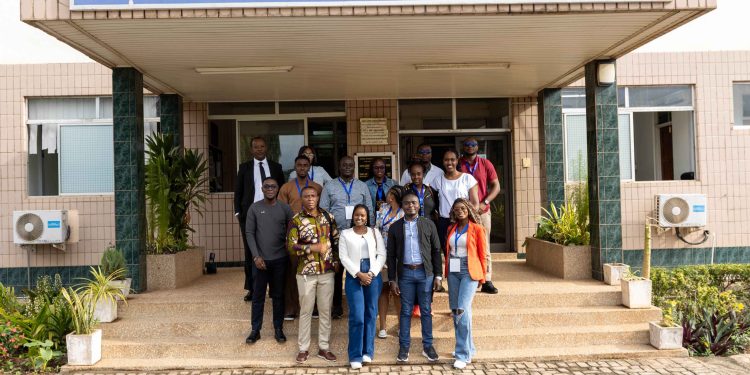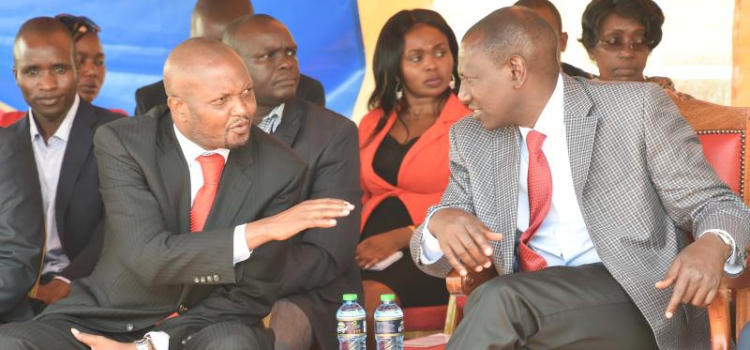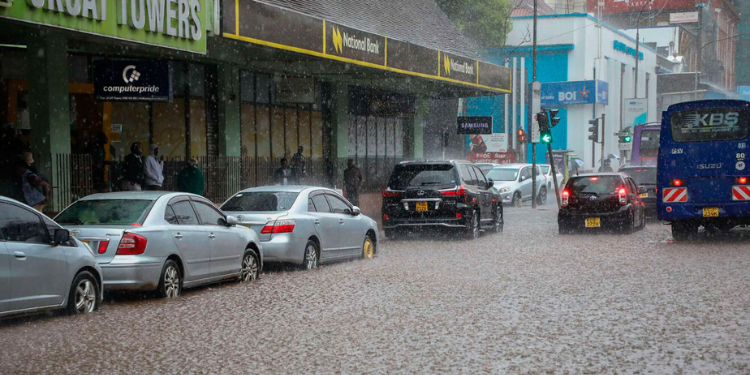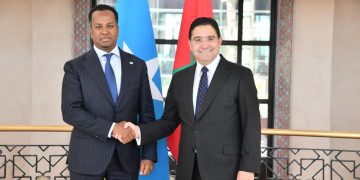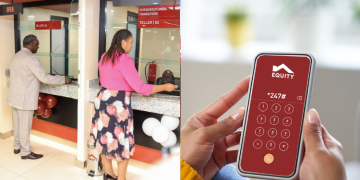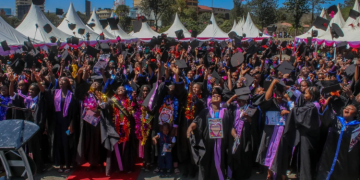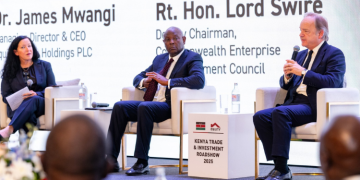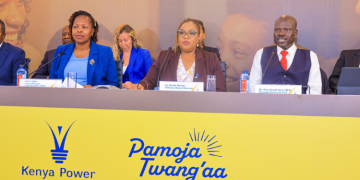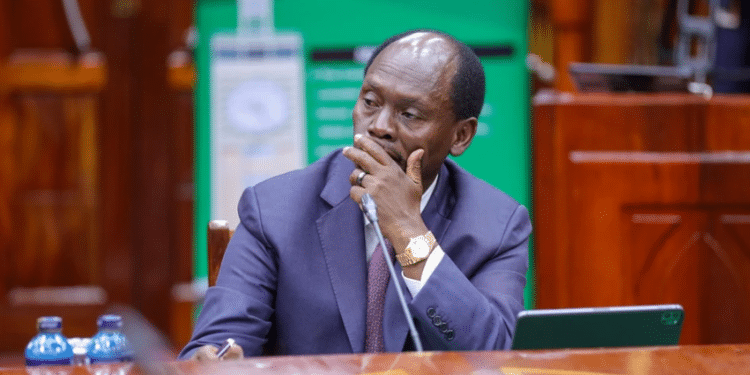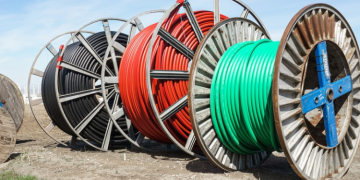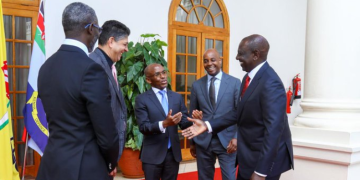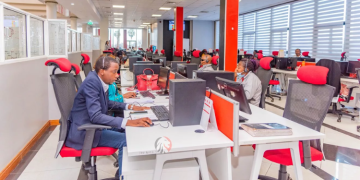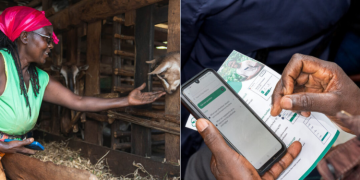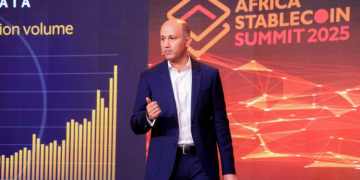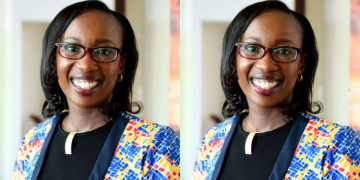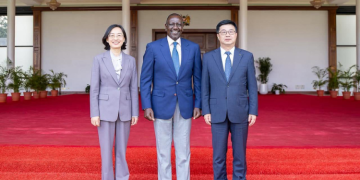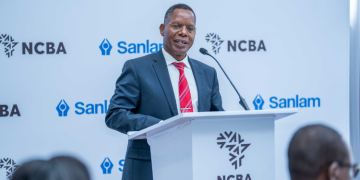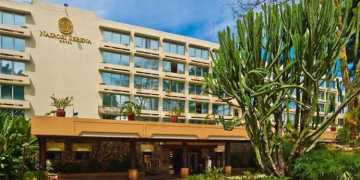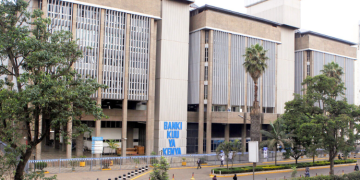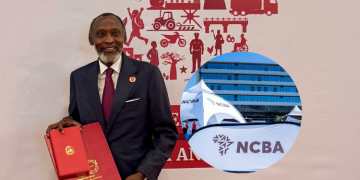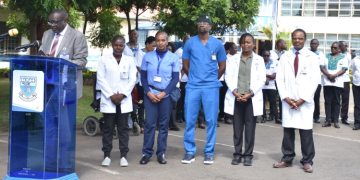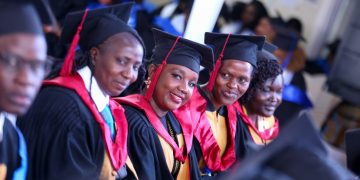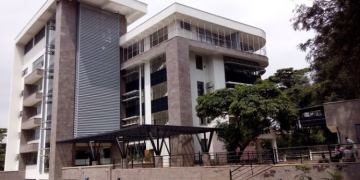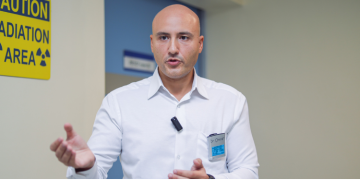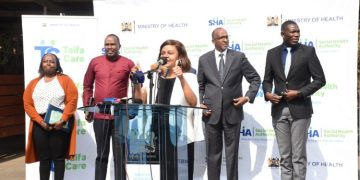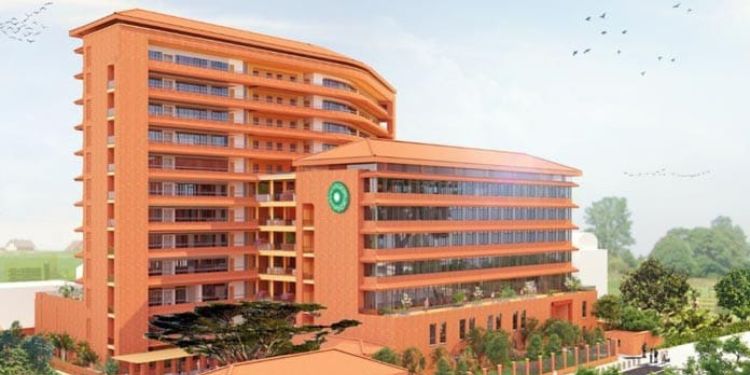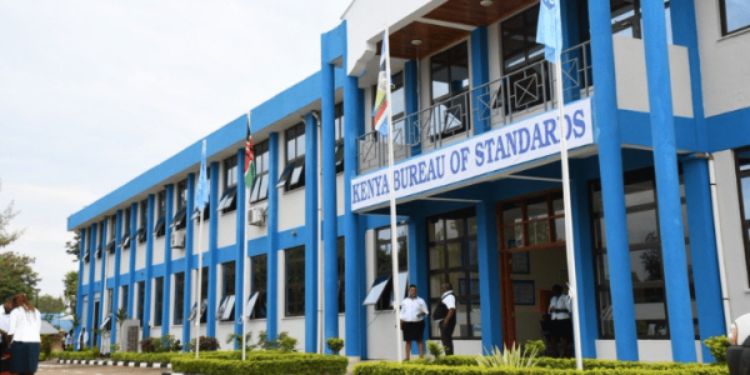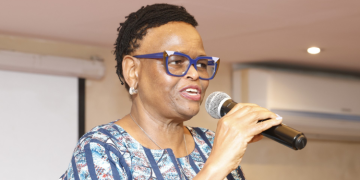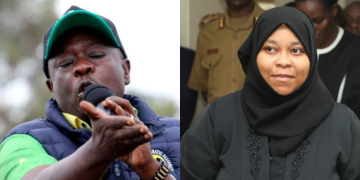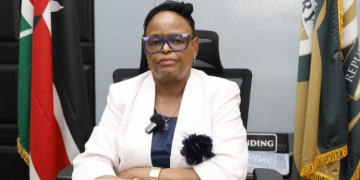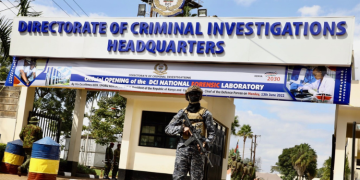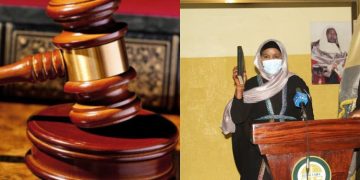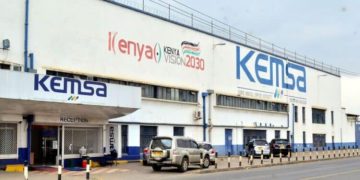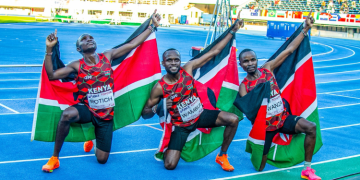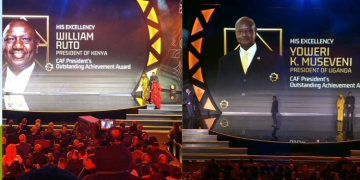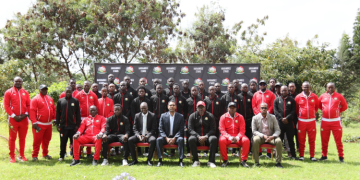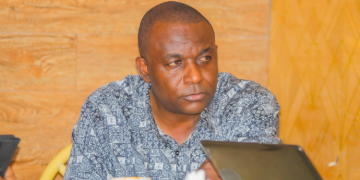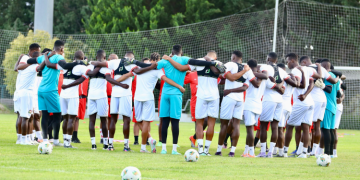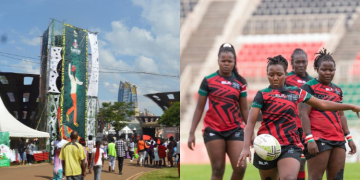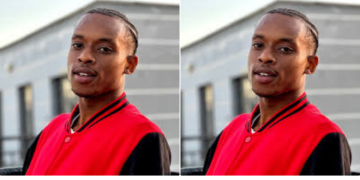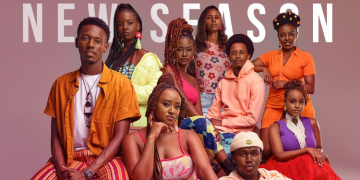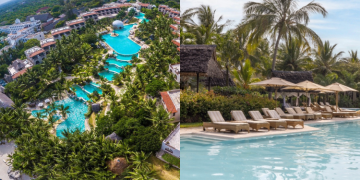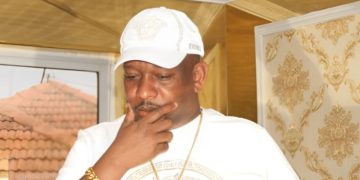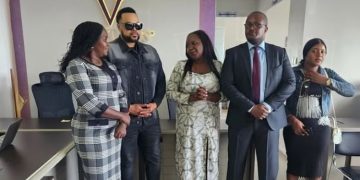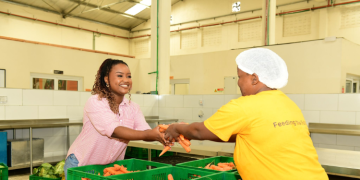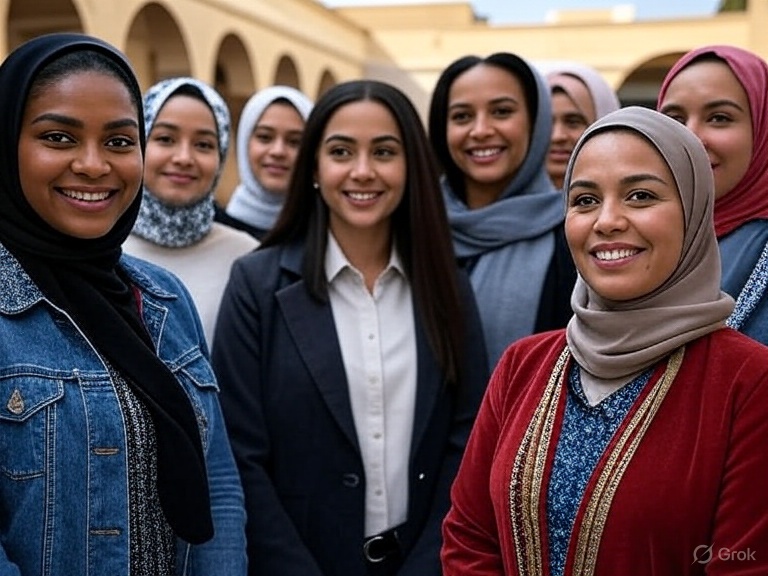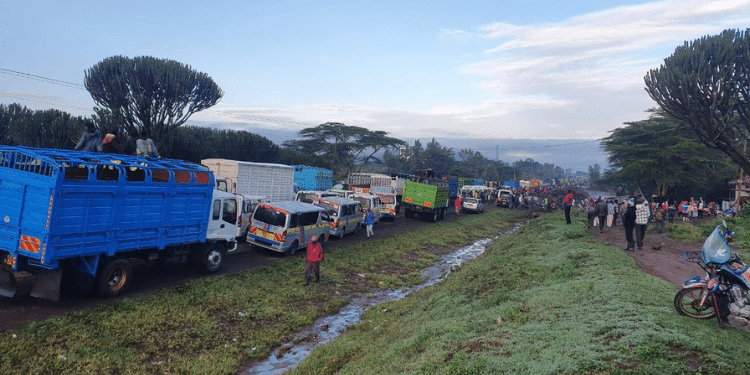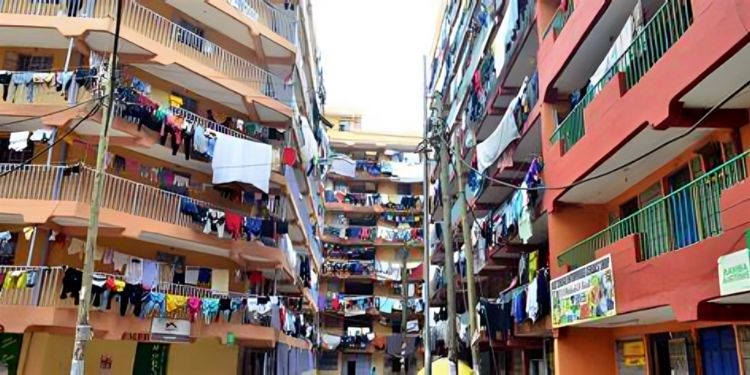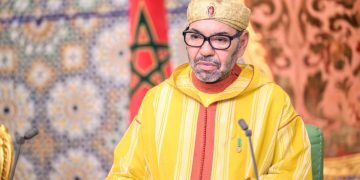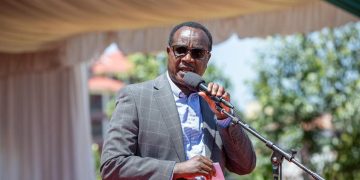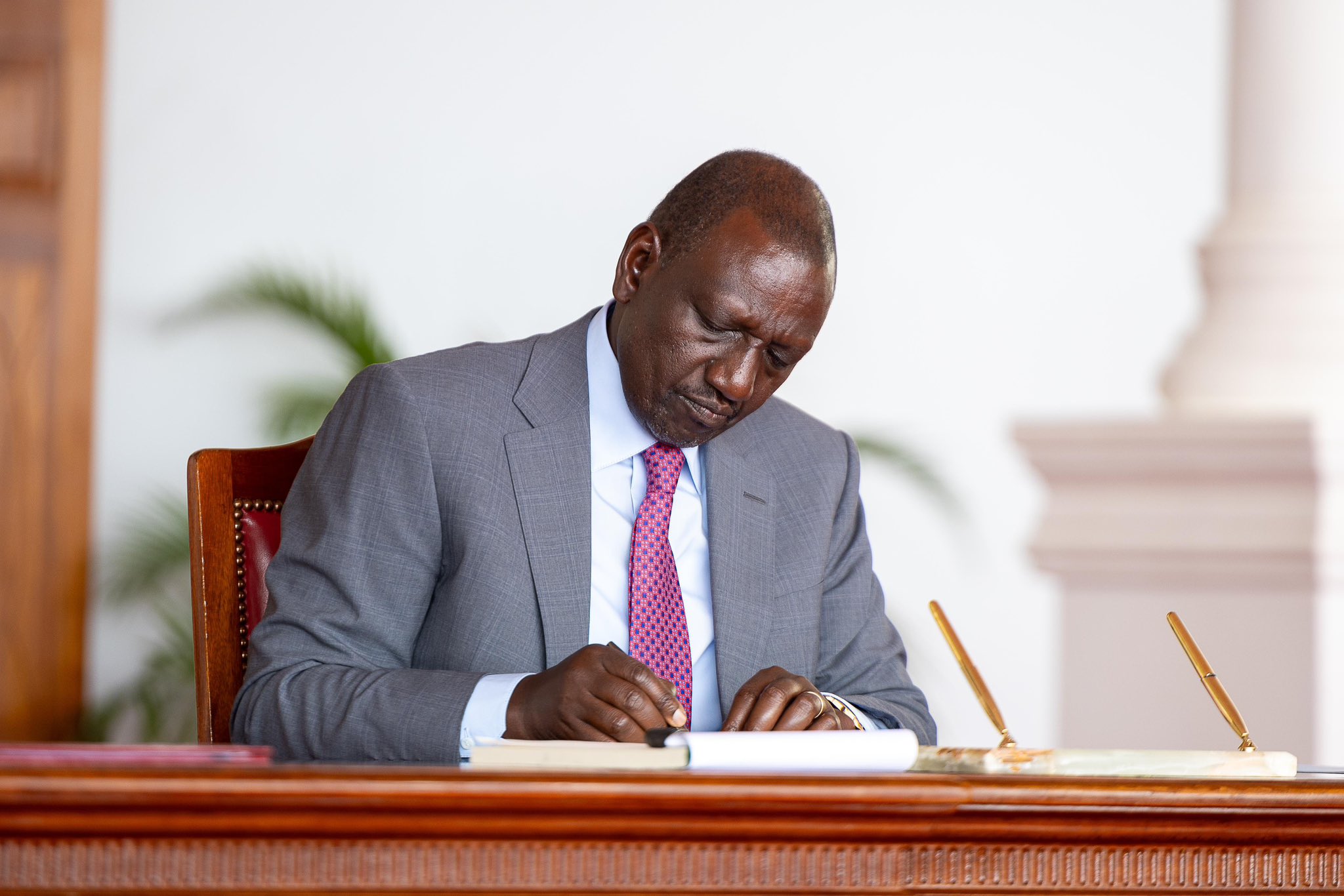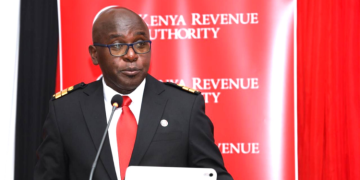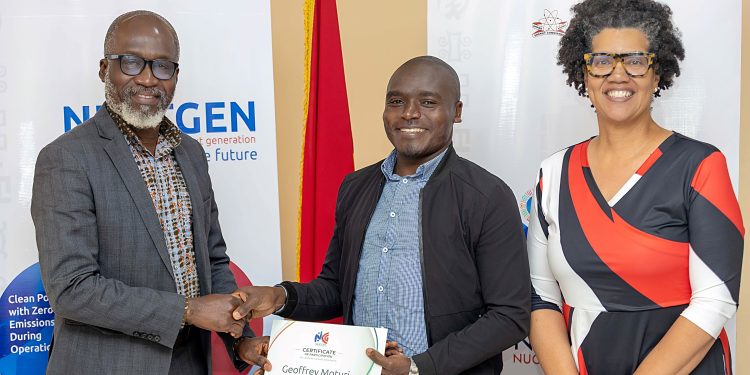When most people hear the word “nuclear”, their minds race to images of mushroom clouds, Cold War missiles, or the haunting memories of Fukushima. Fear has long clouded the true story of nuclear science.
But there is another side — one far less told, yet far more powerful. A side where nuclear means hope, healing, and human progress. It powers hospitals treating cancer patients, boosts farmers’ harvests, controls mosquitoes that spread malaria, and generates clean electricity without choking the planet with carbon.
This is the nuclear revolution Africa’s youth are determined to lead — a peaceful revolution.
A New Nuclear Story in Accra
From 10th to 13th August 2025, I joined dozens of young Africans in Accra, Ghana, for the NextGen Nuclear Initiative – Education Workshop for Nuclear Advocates.
Hosted by the Ghana Atomic Energy Commission (GAEC) and its Regional Energy Training Centre (RETC), in partnership with the United States Department of Energy (USDoE), this workshop was unlike anything I’d ever experienced.
It wasn’t just a classroom. It was a movement. A space where Africa’s future engineers, communicators, and innovators came together with one shared mission: to replace fear with facts, and myths with possibility.
Learning by Doing: From Reactors to Reality
Our journey began with the fundamentals — understanding nuclear science and electricity generation. But what made this workshop special was the hands-on experience.
At the Ghana Research Reactor-1 Centre (GHARR-1), we saw up close how nuclear research is conducted safely and responsibly. But the real highlight was the NuScale Energy Exploration (E2) Center, a first-of-its-kind training facility in Africa.
Also Read: Why Kenya Needs Multiple Nuclear Power Clusters Built Back-To-Back in Coordination With Uganda
Imagine stepping into a simulated nuclear control room where every dial, alarm, and process mirrors reality. That’s what the E2 SMR Simulator offered. We learned how to operate a Small Modular Reactor (SMR), guided by systems that included:
- A process library that mapped every function.
- A tiered notification system that alerted us like in a real plant.
- Fully automated controls for efficiency.
- Emergency procedures built into the system.
It felt less like theory and more like standing inside Africa’s energy future.
Beyond Power: The Human Side of Nuclear
What struck me most was how nuclear science reaches far beyond electricity.
We saw how it is used in medicine, where nuclear techniques save lives daily by diagnosing and treating cancer. We explored its role in agriculture, where radiation helps improve crop yields, preserve food, and fight pests. We even learned how nuclear tools help control mosquito populations, tackling diseases like malaria.
For me, this was the moment it clicked: nuclear is not about destruction; it’s about dignity, development, and destiny.
Celebrating Youth, Collaboration, and Hope
The workshop ended on a high note at the office of Professor Samuel Boakye Dampare, Director General of GAEC. Here, we were not just given certificates — we were entrusted with a mission.
Also Read: Expert’s Response to Fact Sheet on Kenya’s Clean Energy and the Future
When Ms. Aleshia Duncan, Deputy Assistant Secretary for International Cooperation at the U.S. Department of Energy’s Office of Nuclear Energy, placed a medal in my hands, it felt symbolic. A recognition that Africa’s youth are not just participants in the nuclear conversation; we are its torchbearers. Also
Why This Matters for Africa
Africa’s population is booming, and with it, energy demand. By 2040, the continent will need to double its electricity supply. Renewable energy, like solar and wind, is crucial, but it cannot do it alone. Nuclear energy offers something unique:
- Reliable, 24/7 clean power that complements renewables.
- Zero greenhouse gas emissions during operation — key to climate goals.
- High energy density — producing more power with less land and fewer resources.
Beyond the grid, nuclear applications are already helping Africa fight disease, feed people, and save lives. The fear-driven narrative has blinded many to these benefits. But it is time to change that story.
My Commitment: A Nuclear Ambassador for Africa
I returned from Ghana not just with knowledge, but with conviction.
Africa’s youth cannot afford to be silent. We must own our energy story. We must talk openly, boldly, and digitally about nuclear’s role in building a greener, healthier, and more secure continent.
For this, I owe my deepest thanks to Justus Wabuyabo, CEO of Kenya’s Nuclear Power and Energy Agency (NuPEA), for nominating me to represent Kenya. I carried my country’s flag high, and Kenya was proudly represented.
The peaceful nuclear revolution has already begun. And it will not be led by fear — but by the courage, creativity, and conviction of Africa’s youth.
This article was written by Eng. Geoffrey Moturi, popularly known as Kawangware Finest. He is an Electrical & Electronics Engineer | Digital Media Strategist | Public Communication Officer | Youth Leader | Nuclear Technologies Advocate | Digital Journo.
Follow our WhatsApp Channel and X Account for real-time news updates.
